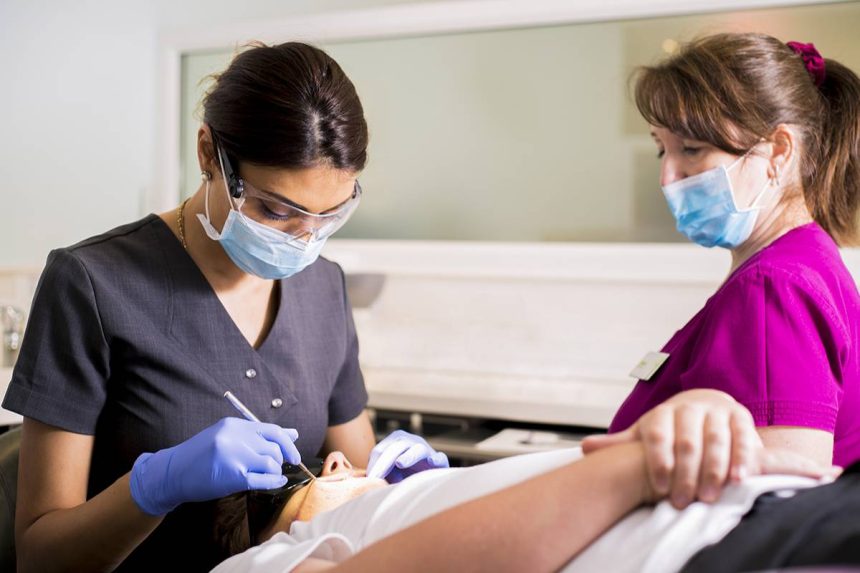Dentistry
The field of dentistry has undergone significant transformations over the past few decades, not only in how dental care is delivered but also in how it is perceived by the public. Advances in technology, shifts in patient expectations, and a broader understanding of oral health’s impact on overall wellness have all contributed to these changing approaches. Here’s how dentistry is evolving to meet modern needs.
Table of Contents
Digital Dentistry
The incorporation of digital technologies into dental practices has revolutionized diagnostics and treatments. Digital X-rays and 3D imaging offer dentists and patients a more detailed view of dental health, facilitating better diagnosis and more precise interventions. Computer-aided design (CAD) and computer-aided manufacturing (CAM), including the use of intraoral scanners and 3D printers, have streamlined the creation of dental restorations such as crowns, veneers, and bridges with improved accuracy and speed.
Minimally Invasive Techni ques
Today’s dentistry prioritizes the preservation of natural tooth structure and seeks to reduce the invasiveness of procedures. Techniques such as air abrasion, which uses fine particles to gently remove decay, and laser dentistry, which can treat cavities and gum disease without the need for drills or scalpels, are becoming more widespread. These methods not only improve patient comfort but also shorten recovery times and enhance outcomes.
Preventive Care and Education
There is an increasing emphasis on preventive care as a vital part of dental health. Modern dentistry at clinics like this Balham Dentist aims to educate patients on how to take proactive steps towards maintaining good oral hygiene. Regular cleanings, the use of dental sealants, and fluoride treatments are standard preventive measures. Moreover, dentists are now more focused on educating patients about the links between diet, lifestyle choices, and oral health, thereby encouraging healthier habits that can prevent dental diseases.
Cosmetic Dentistry
As society places a higher value on aesthetics, cosmetic dentistry has seen a surge in popularity. Techniques like teeth whitening, porcelain veneers, and orthodontic treatments not only improve the appearance of the teeth but also offer benefits such as better alignment and functionality. The demand for these services has led to innovations in materials and methods that provide natural-looking and long-lasting results.
Holistic Dental Practices
Holistic dentistry, or biocompatible dentistry, considers the patient’s total health and wellness when planning dental treatments. This approach uses materials and procedures deemed safe and non-toxic to the overall health of the body. Holistic dentists often work closely with other healthcare providers to ensure that dental care supports the patient’s overall health objectives, including the use of mercury-free fillings and focusing on the impact of oral health on conditions like heart disease and diabetes.
Improved Patient Experience
Dentistry today places a strong emphasis on patient comfort and experience. Many dental offices are designed to create a more welcoming and relaxing environment. Amenities such as noise-cancelling headphones, in-chair entertainment, and sedation dentistry are available to help reduce anxiety and discomfort associated with dental visits.
Integration with Healthcare Systems
Dentists increasingly collaborate with other healthcare professionals to provide integrated care. This interdisciplinary approach acknowledges that oral health is interconnected with systemic health. For example, conditions like diabetes and heart disease can have implications for dental treatment planning and vice versa.
These evolving approaches reflect a broader trend towards more personalized, comfortable, and comprehensive dental care. By integrating advanced technologies, focusing on preventive measures, and enhancing the patient experience, dentistry is not just responding to new challenges but is also shaping the future of oral health care.






